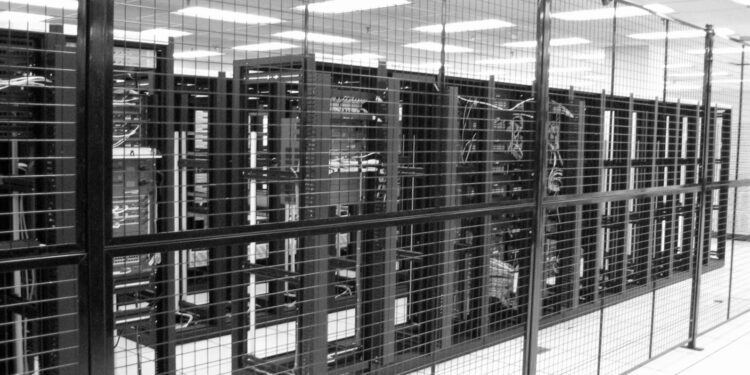Ivan Penn’s recent reporting in the Times is worth your time and attention. The piece, titled “Data Centers’ Hunger for Energy Could Raise All Electric Bills,” explores how rising energy demands from tech-heavy data centers may push utilities to expand the electric grid—costs that, in many cases, won’t be fully covered by those large users themselves. Instead, individuals and small businesses could end up footing the bill.
That’s right. The gleaming temples of artificial intelligence and cloud computing—so often heralded as economic engines—are placing massive new strains on the electric grid. The infrastructure upgrades needed to serve them are expensive, and in most cases, utilities either spread those costs to other ratepayers or eat them, passing losses onto shareholders. Neither outcome is sustainable, and neither is fair to ordinary households.
Wood MacKenzie’s research found that in nearly every case studied, the fees paid by these large customers didn’t come close to covering their share of grid expansion costs. In some regions, like Texas, policies allow customers to choose their energy providers—creating a kind of insulation from the costs of major grid investments tied to big users. But most of the country isn’t so lucky.
I encourage you to read Penn’s full article. It’s a sobering reminder that the digital economy’s appetite for electricity is being paid for, in part, by people who may never set foot inside a server farm.









